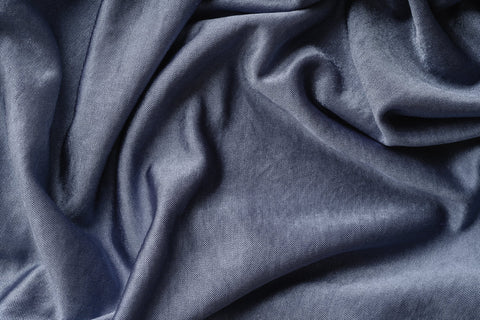Introduction
When it comes to choosing the right fabric for clothing or outdoor gear, breathability is often a crucial factor to consider. But what about nylon? Is it breathable? In this article, we’ll delve into the world of nylon to understand its properties, its breathability, and how it compares to other fabrics.
Understanding Nylon
Nylon, a synthetic polymer, was first developed in the 1930s as a substitute for silk. It’s a versatile material known for its strength, durability, and water resistance. But what exactly is nylon made of? Essentially, it’s composed of long chains of repeating molecular units, which give it its characteristic properties.
Breathability of Nylon
The million-dollar question: does nylon breathe? The answer isn’t a simple yes or no. While nylon itself isn’t inherently breathable like natural fibers such as cotton or wool, it does have some degree of breathability depending on various factors. These factors include the weave of the fabric, its thickness, and any additional treatments applied to it.
Advantages of Breathable Nylon

Despite not being as breathable as some natural fibers, breathable nylon still offers several advantages. Firstly, it provides excellent comfort, especially in active wear, by allowing moisture to evaporate quickly. This moisture management capability makes it ideal for sportswear and outdoor apparel. Additionally, its versatility makes it suitable for a wide range of applications, from fashion to industrial use.
Disadvantages of Non-Breathable Nylon
On the flip side, non-breathable nylon can lead to discomfort, particularly in warm or humid conditions. Because nylon doesn’t allow air to circulate freely, it can trap sweat against the skin, leading to a clammy feeling and potential odor retention. This drawback makes it less desirable for certain types of clothing, such as underwear or socks.
Applications of Breathable Nylon
Breathable nylon finds its way into numerous products, including apparel, outdoor gear, and medical textiles. In the realm of apparel, it’s commonly used in activewear, rain jackets, and windbreakers. Its moisture-wicking properties make it ideal for outdoor enthusiasts who need to stay dry and comfortable during activities like hiking or cycling.
How to Enhance Nylon Breathability
If you find yourself with non-breathable nylon garments, fear not. There are ways to enhance their breathability. Fabric finishes such as DWR (Durable Water Repellent) coatings can help water vapor escape while still repelling liquid water. Design considerations such as mesh panels or strategic venting can also improve airflow. And for ultimate breathability, layering techniques with breathable base layers can help manage moisture effectively.
Conclusion
In conclusion, while nylon may not be the most breathable fabric out there, it still has its place in the world of textiles. Understanding its properties and how to enhance its breathability can help you make informed decisions when choosing clothing or gear for your next adventure. So, the next time you’re faced with the question, “Is nylon breathable?” remember that with the right considerations, it can be.
FAQs
- Does all nylon fabric have the same level of breathability? Not necessarily. The breathability of nylon can vary depending on factors such as the weave of the fabric and any additional treatments applied to it.
- Can breathable nylon keep you warm in cold weather? While breathable nylon is great for moisture management, it may not provide as much insulation as other materials like fleece or down. Layering with insulating layers is recommended for cold weather.
- How can I tell if nylon fabric is breathable? One way to test the breathability of nylon fabric is to hold it up to your mouth and try to blow through it. If air passes through easily, it’s likely more breathable.
- Can I make non-breathable nylon breathable? Yes, there are ways to enhance the breathability of non-breathable nylon, such as applying fabric finishes or incorporating design features that promote airflow.
- Are there any health risks associated with non-breathable nylon? Prolonged exposure to non-breathable nylon garments in hot or humid conditions can lead to discomfort, skin irritation, and potential bacterial growth, which may contribute to skin infections.


